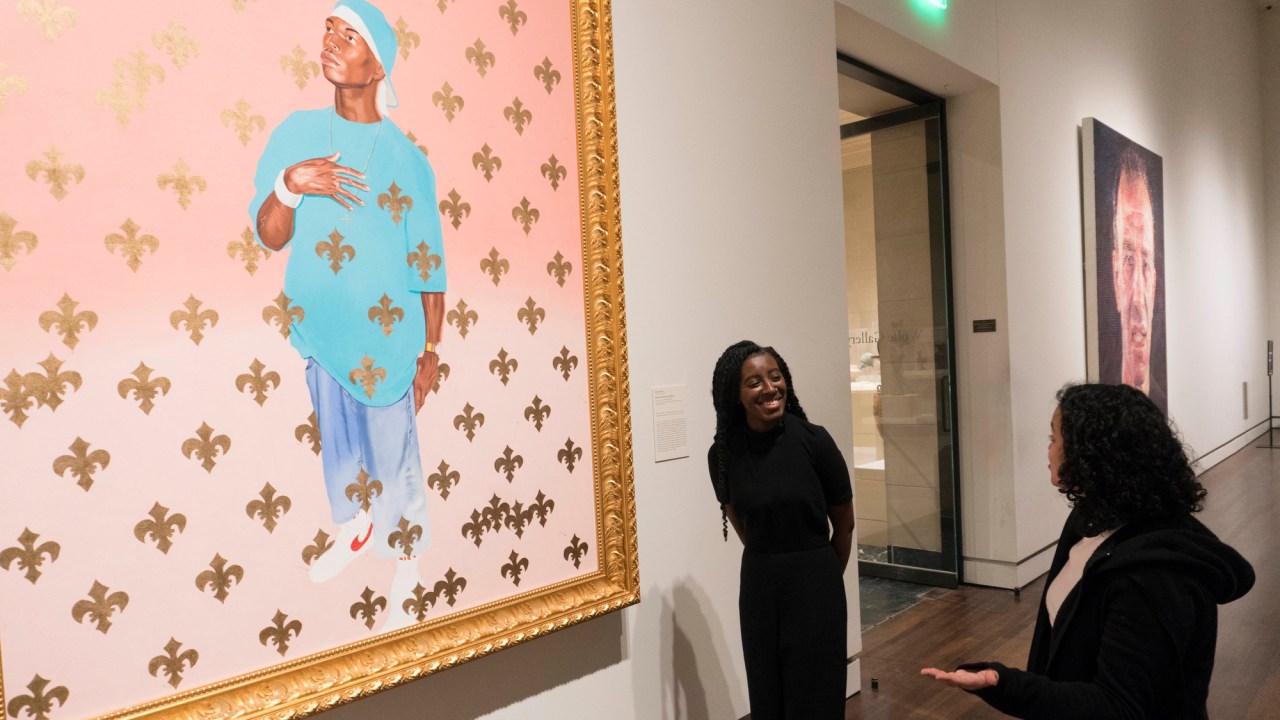
Art has been a part of my life since very early on. When I was around four, my mother began working at the Detroit Institute of Arts, and I spent many hours after school and on weekends there with her hanging out in her office. Even at home, there were always leftover exhibition posters around, but that just seemed normal to me.
Still, it took me a while to realize I wanted to work with art, and in a museum. After I graduated high school, I first tried culinary school and then a degree program in athletic training, and it was only after I realized neither was for me that I switched my major to art education, and something just clicked.
During my two years in that major, I realized I did not want to go the traditional route of teaching art in a school like my peers, and I started to look into community art education. I began to think about working in museums as a career, an idea that solidified for me in graduate school.
After I received my BFA from Michigan State University, I enrolled in the unique one-year Art Politics MA program at New York University’s Tisch School of the Arts. I graduated in May of 2018 and began an internship at the Toledo Museum of Art in the Education and Engagement Department.
As an intern, TMA was a great learning environment to enter the museum field in. The staff was always helpful and willing to teach. But three months, the term my internship was set for, is simply not enough time to really dig into the ins and outs of an institution.
Midway through my internship, I was encouraged to apply for the museum’s KeyBank Fellowship, a new program that promotes and develops diversity and inclusion in the museum field. It provides a year-long, paid fellowship to candidates pursuing a career in museums, cultural institutions, or other related areas.
I was interested in the fellowship because I knew there would be more to learn at the museum if I had more time. I could also continue building relationships that will be very important in my career journey. For someone like me, who knew I was interested in a museum career but didn’t have every next step planned out, the internship and the fellowship were ideal opportunities. Everything really fell into place when I got to TMA.
One great thing about this fellowship is the freedom I’m afforded to try things out. If there are specific projects I’m interested in working on, I am given the support and guidance to make it happen. During my internship I got the opportunity to work with the Teen Apprentice Program, which started four years ago as a partnership with the Toledo School of the Arts, and I got to continue that work when I began the KeyBank Fellowship. The teen apprentices are diverse students who, like me, have an interest in arts-related careers and enjoy spending time at the museum, and we have bi-weekly meetings where we learn more about art, participate in professional development activities, brainstorm more ways to engage their peers, and plan teen nights that take place at the museum. In addition to this, I have had the opportunity to tag along during an art audit, work on planning an upcoming conference here at the museum, and even assist with projects related to current as well as upcoming exhibitions.
In February, the teen apprentices hosted their second teen night of the year. The opportunity arose to combine teen night with the showing of the art house film documentary Black is the Color, which focuses on the history of black artists in the U.S. and the difficult relationships they have had with showing their work in large institutions. This seemed like a great time for the teen apprentices to do something a bit different from the normal teen nights in the past. I was able to show them the documentary beforehand and have a great conversation with them on their feelings about it. I also assigned a few of the teen apprentices to research works by black artists on view at TMA so they could share information about the works with visitors that evening. This event made me very happy and I was glad to be able to share some important history with the participants.
All of this knowledge and experience will be really useful in the next steps in my career. Since this is the first museum I’ve worked in, everything I’m learning is building my foundation for understanding institutions. Although every museum is different, I’m still collecting a lot of transferable knowledge every day. Also, the support I am receiving from certain staff will help me in the future. I am very grateful for people like Maria Iafelice, who I interned under when I first arrived, because she is the person who encouraged me to apply for the fellowship and continues to offer support in any way that she can. Mentorship is so important for young administrators like me.
As I think I about my ultimate path in this field, I realize it is a journey I will be on for a while. Careers in museums encompass so many areas and it will take time to explore the ones that appeal most to me. I could continue in museum education, or maybe I will find myself more interested in a curatorial path. I may want to create a position that encompasses all of my skills and strengths. The field is constantly changing. Who knows what positions will exist within the next 5-10 years? Being the first TMA KeyBank Fellowship recipient is helping me to start thinking about it.
About the author:
Asmaa Walton is a Detroit native with a BFA in Art Education from Michigan State University, and an MA in Arts Politics from NYU’s Tisch School of the Arts. She is the first recipient of the KeyBank Fellowship at the Toledo Museum of Art.

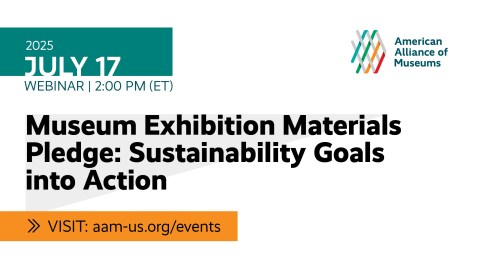



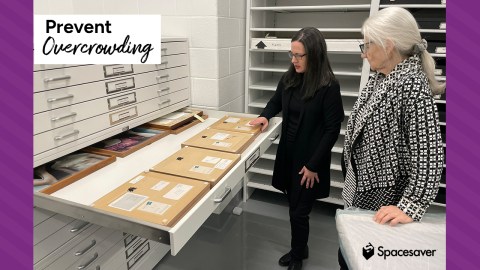
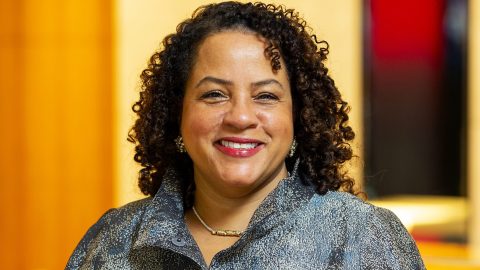
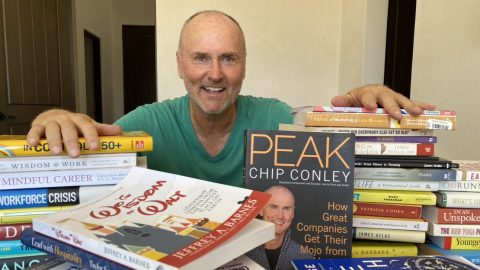

Wow,keep up the work!